Calories in Strawberries, frozen, unsweetened (Includes foods for USDA's Food Distribution Program)
20 calories
Serving Size 0.25 cup, thawed (about 55 g)
There is no photo available for this food item however it should be similar in terms of nutritional content and calorie density as the following items. You can use these for references.
(94% similar)
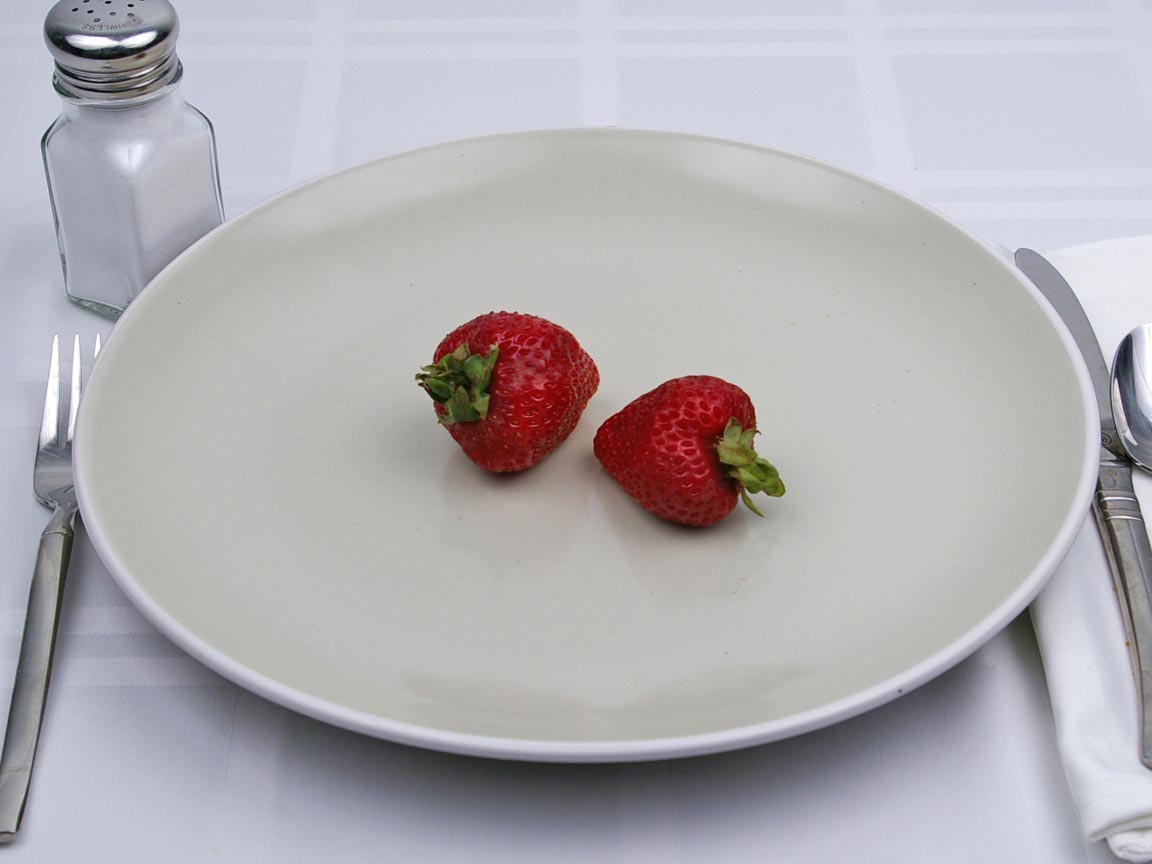
Strawberries
(97% similar)

Red Grapefruit Cup No Sugar Added
(95% similar)
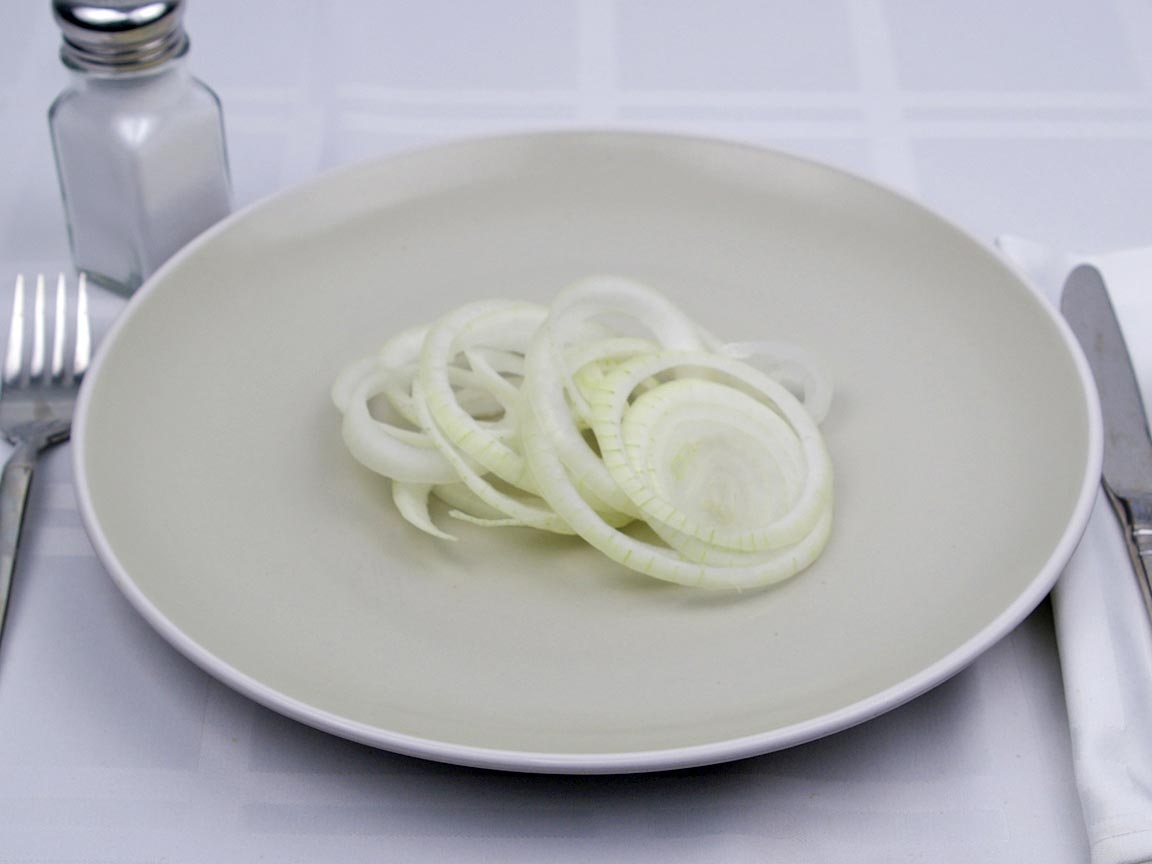
Yellow Onion
(94% similar)
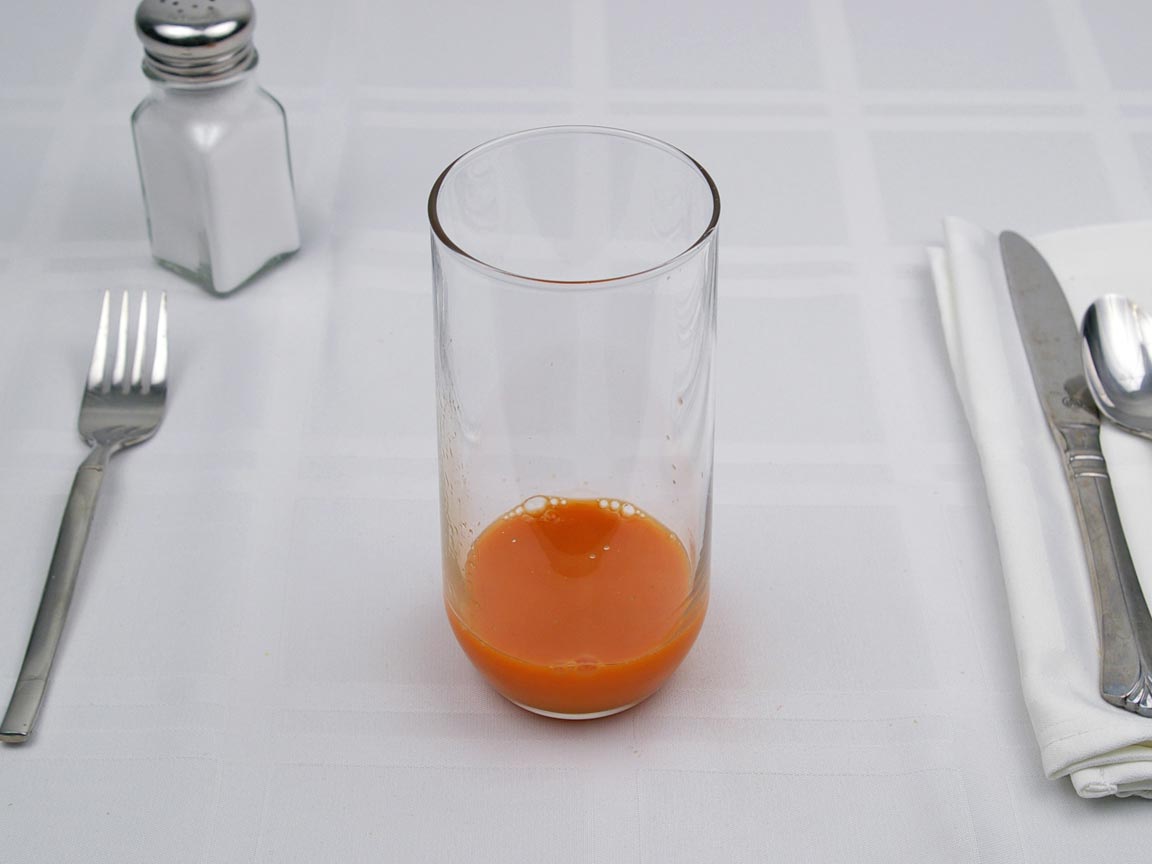
Carrot Juice
(94% similar)
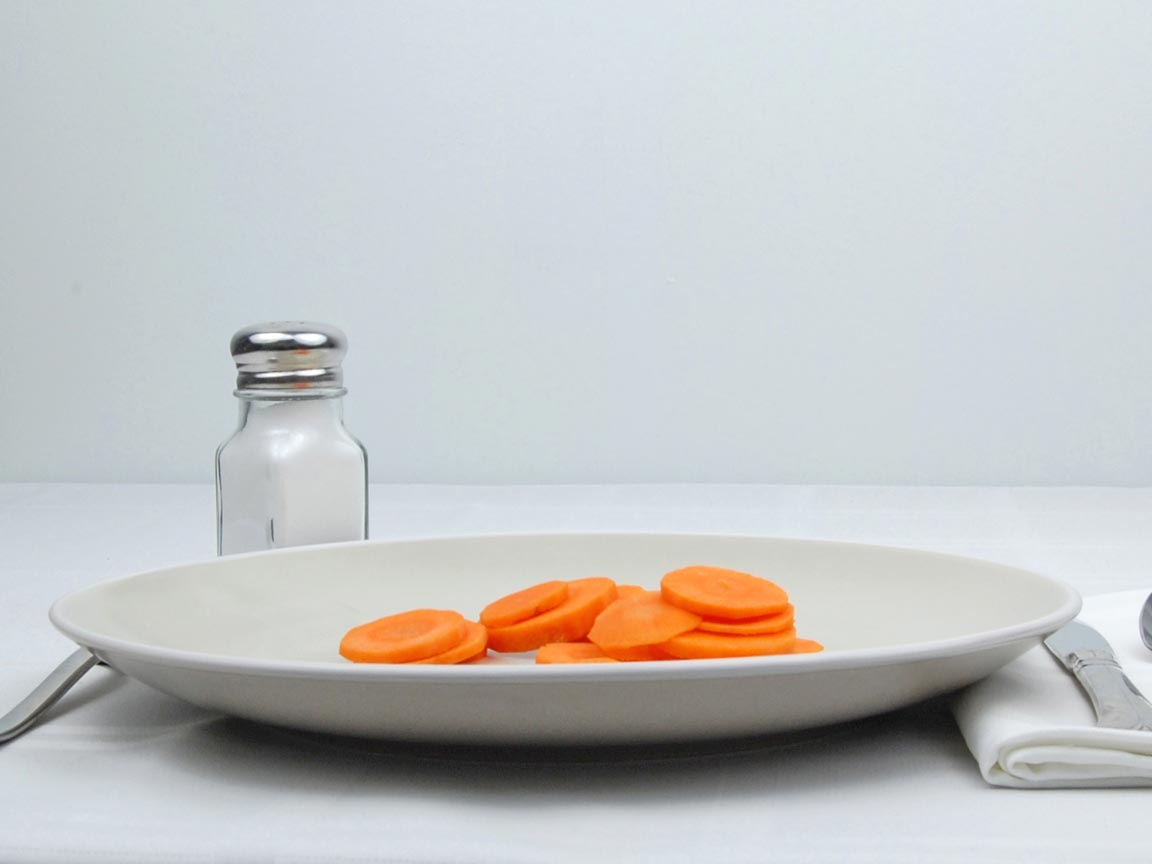
Carrots - Sliced
(94% similar)
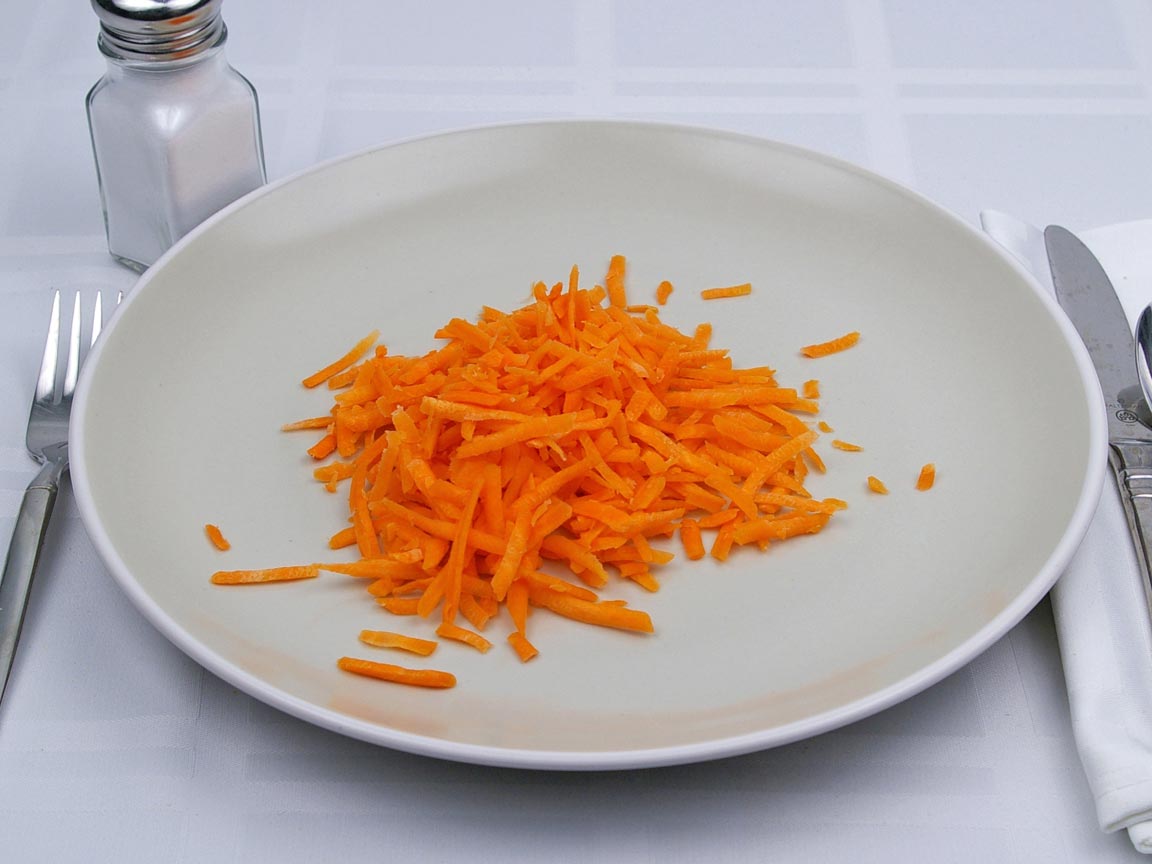
Carrots - Shredded
Serving Size 0.25 cup, thawed (about 55 g)
| Amount Per Serving | ||
|---|---|---|
| Calories 20 | Calories from Fat 0 | |
| % Daily Value* | ||
|
Total Fat
0 |
0 |
|
|
Saturated Fat
0 |
0 |
|
|
Trans Fat
0 |
||
|
Cholesterol
0 |
0 |
|
|
Sodium
1 |
0 |
|
|
Total Carbohydrate
5 |
2 |
|
|
Dietary Fiber
1 |
4 |
|
|
Sugars
2 |
||
|
Protein
0 |
||
* Percent Daily Values are based on a 2,000 calorie diet. Your daily values may be higher or lower depending on your calorie needs.
Available portions
Food analysis
Low In Fat
Low Calorie Density
High In Fiber
There is 20 calories in 55 grams of Strawberries, frozen,.
With 36 calories per 100 grams, this food would be considered a Low calorie density food.
A Low calorie density usually indicate that you can consume a larger amount of food with less calories and are usually good choices when dieting.
Strawberries, frozen, is High in carbohydrates, Very Low in proteins and Very Low in fats. You can look at the macronutrients graph below for a detailed ratio.
With a High quantity of fibers and a Low quantity of sugars, this usually indicates that it is a good choice of carbohydrates.
With 7 grams of "Net carbohydrates" per 100 grams,
it must be consumed with moderation if you are following a Keto or Ketosis diet.
Related Searches
distribution
program
food
usda's
for
foods
includes
unsweetened
frozen
strawberries
Macronutrients split
100.0% Carbohydrates
0.0% Fats
Nutrients and how much we eat of it play an important role on our health and body composition. To learn more on theses, check our blog posts on Proteins, Carbohydrates and Fats.